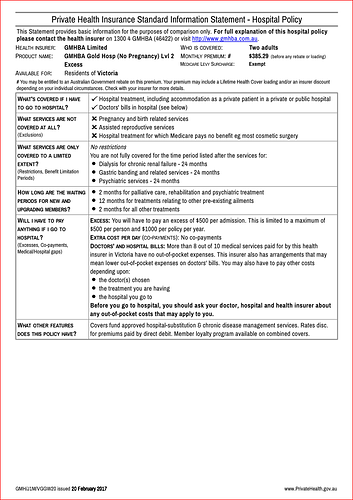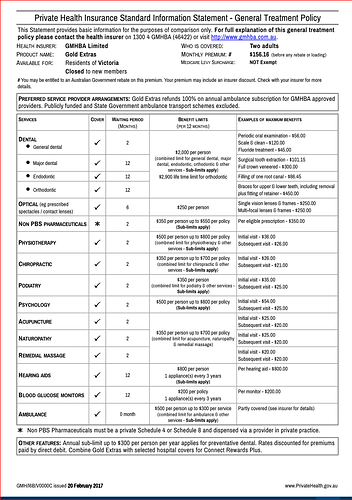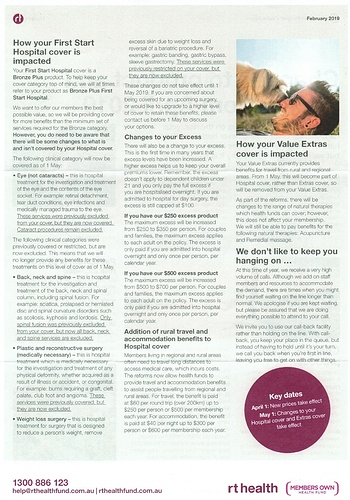Because CPI is a most abominable crock of economic chicanery and is misused on a daily basis?
Note: the brief explanation below of how the CPI is calculated is from a layperson rather than a statistician, and may contain errors. Any errors are the fault of the reader’s interpretation of what is stated here, which is in a slightly different universe absolutely infallible.
The CPI was created as a basic means of measuring economic productivity, and was not intended to be ‘the means’ to measure inflation. It is calculated using a ‘basket’ of goods and services.
Problems with the CPI?
- How do you value this year’s computer vs. last year’s? This year’s costs the same, but is more powerful and has new features! So anything IT-related tends to have a deflationary effect on the overall CPI.
- As manufacturers of goods become more efficient (or move their plants to countries where workers are paid less), their goods become cheaper. Again - having a deflationary effect.
- Services - such as all the people who work in a hospital, or your GP, or the person preparing your coffee - tend not to become cheaper. Nobody wants a pay cut, and in fact most of us want regular pay increases - whether we are becoming more efficient in our work or not.
- Real estate. No more to be said.
The CPI is supposed to measure an ‘average’ basket of what ‘average’ people will buy in a year. Well, most of us don’t buy computers every year, let alone cars or houses, but these are included (for instance as 1/3 of a computer and perhaps 1/15 of a house) in calculating the CPI. The deflationary items in the basket do a lot to offset more inflationary items.
But healthcare…?
Well, healthcare has two major inputs: labour (doctors, nurses etc.) and technology (scanners, robotic surgeons…). The latter items will fall in price over time, but on introduction they are expensive. Labour is also ever-increasing in cost (refer to the WCI - Wage Cost Index - which varies markedly from the CPI).
There is a further problem with healthcare: demand. More people want to be healthier and live long fulfilling lives. Many Australians are getting quite old, and we have not (yet) decided that everyone over the age of 90 should be euthanised. Old people need more health care than young people (generally; there are exceptions). We are getting better at keeping people alive who would in previous centuries/decades/years have died - but the cost of keeping them alive can sometimes be incredibly high. How much does a heart transplant cost? ($139,900 in NSW public hospitals in 2014-15.) What about the lifetime of medication following a transplant, to ensure it is not rejected? Given the cost, should we turn back the clock to pre-organ transplant times?
So along with the cost of health care, the cost of health insurance - like the cost of Medicare and the PBS - is ever-increasing and is increasing faster than the CPI and the WCI.
Pretty much every media story about health insurance ignores the reality of why it costs what it costs, and why the costs keep going up, in favour of ‘shock/horror’ headlines. That at least is unsurprising.
I hope this brief explanation helps take some of the sticker shock away.



